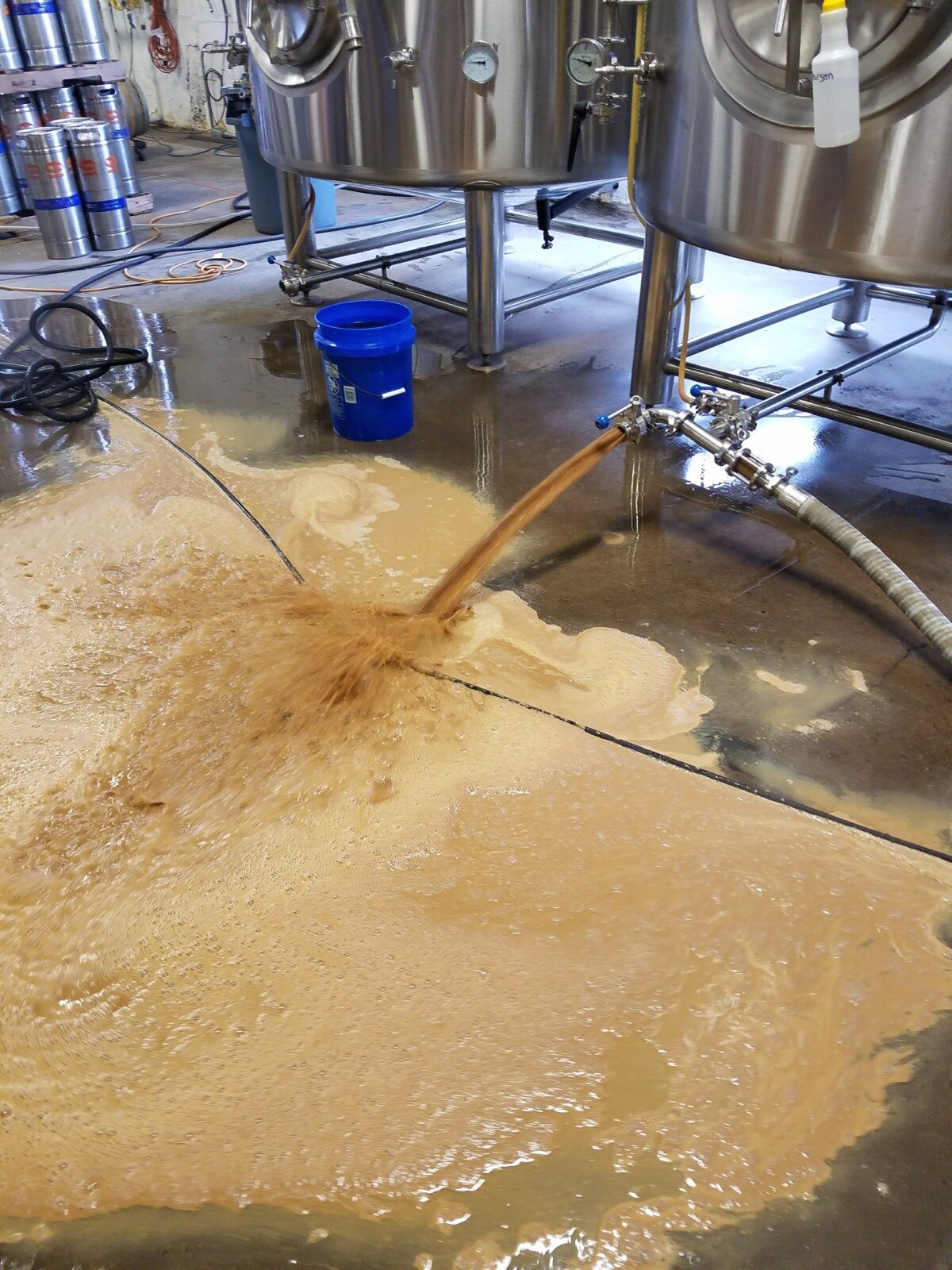Once, a few years ago, a friend was sharing a experience after visiting New Glarus Brewing Company. The brewery was so clean, they said, that you could drop a fried egg on the floor and pick it up a few minutes later and eat it without worry. The surfaces were so clean that no grit would touch the egg.
Sanitation is paramount to the success and longevity of a brewery. Having proper protocols in place, understanding, how to clean, what to clean, and when to clean leads to a better work experience, and can also instill a sense of pride.

Brewing Equipment featured expert topic supported by California Craft Brewers Association
The 2024 California Craft Beer Summit is the most important event of the year for California Brewers or anyone interested in building their business in the craft beer industry. The 2024 Summit will be held in Sacramento on March 12-14, 2024.
Dan Carey, the brewmaster and founder of New Glarus takes sanitation seriously, and in a recent conversation shared his tips and insight for best practices.
“Sanitation is expensive and requires a skill set that is learned over time,” he says. “If you keep it up every day, and you should, it’s a Herculean effort.”
He notes that given the beer making process, there are endless places where ingredients and liquid can fall and be tough to reach, leading to unwanted bacteria.
Carey, who has been working in beer for more than 40 years, remembered an early job where sanitation was part of a brewers responsibility, not farmed out to a separate team, like at some food plants.
He believes that cleaning and sanitation should be part of every brewery job description and responsibility.
“When cleaning is part of the job there is a point of price that comes when the brewery is clean,” he says. “When we started our brewery we said we were going to pay a normal salary and that cleaning, painting, and low maintenance so that it’s not just a specialized technician changing lightbulbs.”
While being a jack of all trades is the norm for the smallest of breweries where janitorial services are also part of the job description, the point Carey makes is helpful to brewing companies should it scale upwards.
Sanitation is beyond general housekeeping. Carey says that owners, managers, and brewers should know every inch of a brewing facility and routinely looking at hard to reach places with flashlights to make sure there is no unwanted buildup.
One way to plan ahead is when purchasing new brewery equipment. Movable equipment can help clean under and around much easier than dead leg pieces. Of course, most equipment at larger breweries is not modular, so having a conversation with manufacturers in advance helps to avoid harder cleanup later.
“There are a few books that you can read on proper sanitation,” says Carey, “but most of the learning comes from the school of hard knocks. You’ll pick up contamination and then need to be a detective as to where they are hiding and then make sure it doesn’t happen again.”
For new construction, the design of the brewery, the floor, the drains should all be done in collaboration with the suppliers with eventual sanitation in mind.
Carey also suggests working the companies that provide cleaning and sanitation supplies. He notes that many of them will offer regular training to employees on proper usage and can also do audits of a brewery to offer insight on areas that need improvement or special attention.
“If you don’t have the skillset in house, they have smart people who can show you your deficiencies. Everyone should take advantage of that.”
